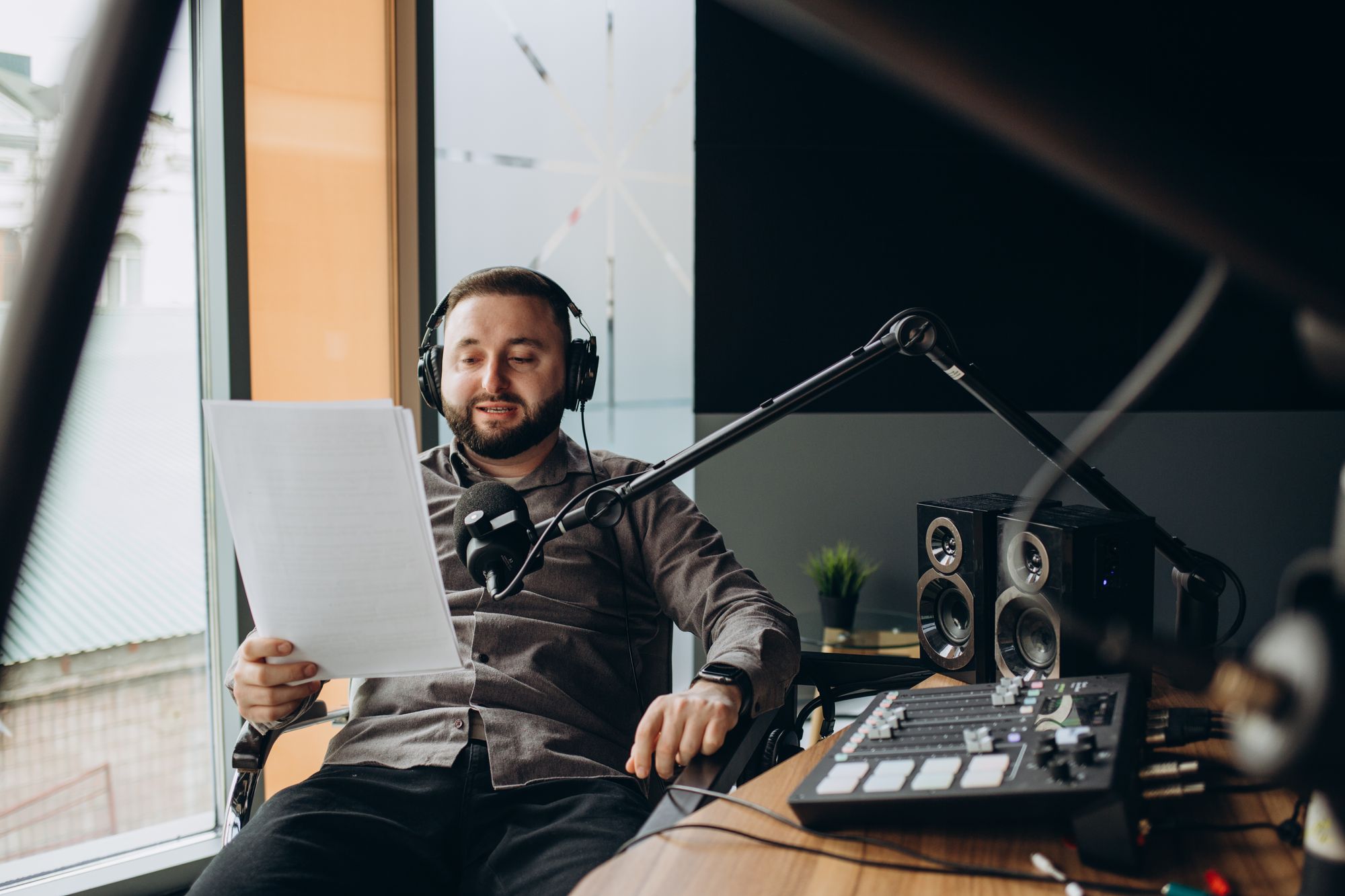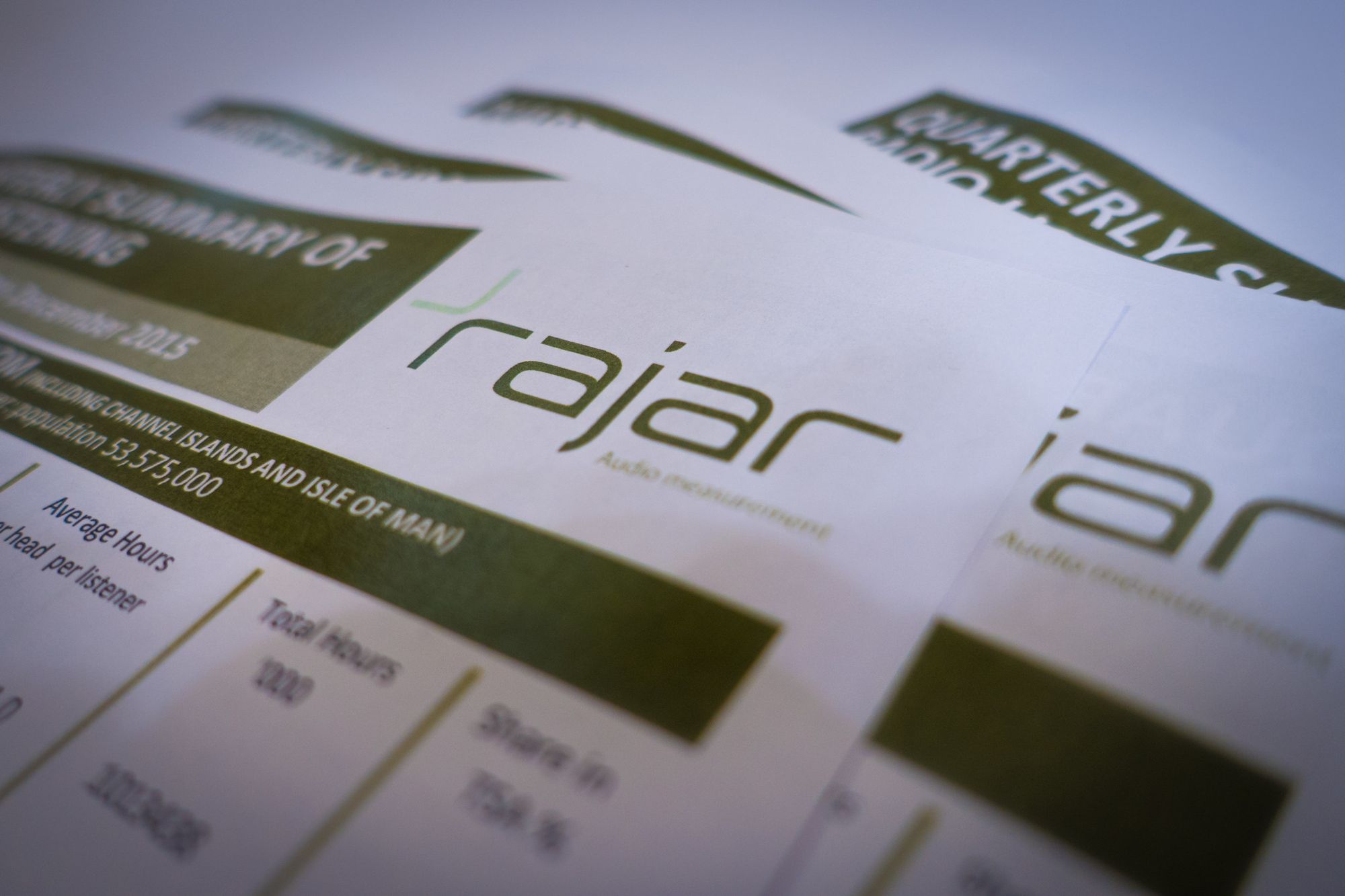In the digital age, a radio station's online presence is just as important as its on-air broadcasts. A well-designed website can be a powerful tool to engage with your audience, showcase your content, and create a lasting impression. Whether you're starting from scratch or looking to revamp your existing site, here's a comprehensive guide on how to make your radio station website look amazing:
1. Define Your Brand Identity:
Before diving into design elements, establish a clear brand identity for your radio station. Consider your station's genre, target audience, and unique selling points. Your website's design should reflect these elements cohesively. Choose a color scheme, typography, and imagery that align with your brand.
2. Streamlined User Experience (UX):
A clutter-free and intuitive user experience is key to keeping visitors engaged. Opt for a clean layout with organized sections for easy navigation. Place essential elements like the player, schedule, and latest shows prominently. Ensure that your website is responsive, meaning it looks and functions well on both desktop and mobile devices.
3. Stunning Visuals:
Engaging visuals can make a lasting impact. Use high-quality images that resonate with your station's theme. Incorporate custom graphics and icons that add a unique touch. Videos can also be a powerful way to showcase station events, interviews, and behind-the-scenes content.
4. Dynamic Content Presentation:
Your website should be a dynamic hub for your station's content. Use grids and carousels to display featured shows, popular podcasts, and upcoming events. Consider integrating interactive elements like polls, quizzes, or live chat during broadcasts to enhance user engagement.
5. Clear Call-to-Actions (CTAs):
Guide visitors towards actions you want them to take, such as tuning in, subscribing to podcasts, or signing up for newsletters. Place prominent and visually appealing CTAs strategically throughout the site. Use compelling copy to encourage action.
6. Consistent Branding:
Maintain a consistent branding across all aspects of your website. Use your logo, colors, and typography consistently throughout the site. This reinforces your station's identity and creates a professional look.
7. Engaging Bio and Team Page:
Introduce your station and team members through compelling bios and photos. Sharing the stories behind your DJs and staff can create a personal connection with your audience. Include social media links to encourage further engagement.
8. Interactive Features:
Make your website an interactive platform where listeners can engage with your station beyond just listening. Incorporate features like song request forms, dedicated chat rooms for shows, and user-generated content sections.
9. Up-to-Date Content:
Regularly update your website with fresh content. Maintain an updated schedule of shows, events, and special broadcasts. Outdated information can deter visitors and undermine your credibility.
10. Social Media Integration:
Your website should seamlessly connect with your social media profiles. Include social sharing buttons for easy content sharing. Embed social media feeds to showcase real-time updates and engage visitors with ongoing conversations.
11. Accessibility Considerations:
Ensure your website is accessible to everyone, including people with disabilities. Use alt text for images, provide captions for videos, and use readable fonts. Accessibility not only expands your reach but also demonstrates your commitment to inclusivity.
12. Test and Optimize:
Regularly test your website's functionality and design across different devices and browsers. Gather user feedback and track metrics to identify areas for improvement. Continuously optimize your website based on these insights.
Remember, a well-designed radio station website isn't just visually appealing; it's a reflection of your brand and a platform to connect with your audience. By following these guidelines, you can create a website that not only looks amazing but also effectively engages and delights your listeners.




